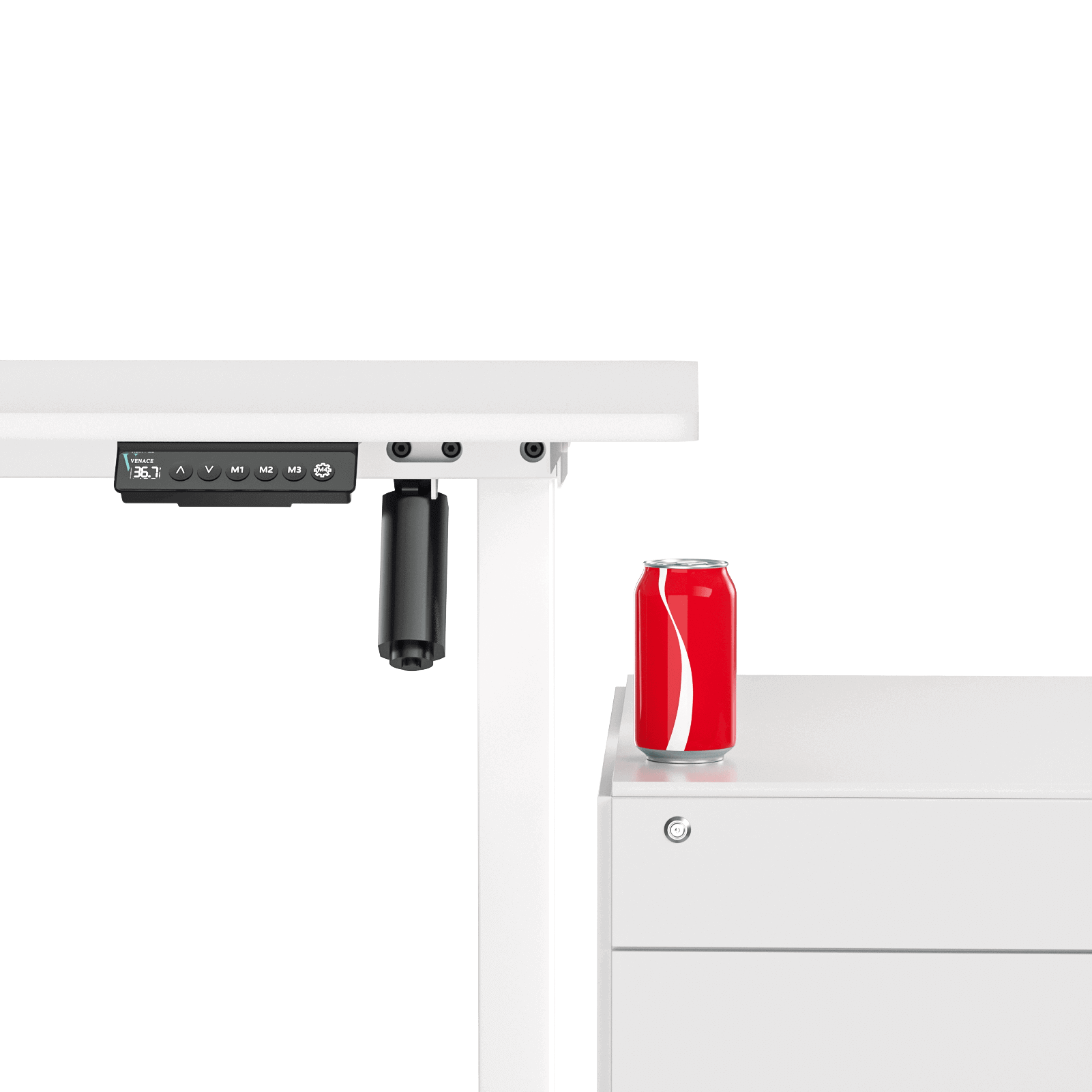In our modern world, many people spend a lot of their day sitting at desks. This leads to concerns about health risks, especially heart disease. Heart disease is one of the leading causes of death worldwide. With growing awareness of sedentary lifestyles, standing desks have become popular as a potential solution. But can a standing desk really make a difference? Let’s explore how standing desks might help improve heart health.
The Risks of Sitting Too Much
Research shows that sitting for long periods is linked to various health problems, especially heart disease. A study in the *Journal of the American College of Cardiology* found that people who sit for many hours have a higher risk of developing heart issues. Sitting too much can lead to obesity, high blood pressure, and high cholesterol—all risk factors for heart disease.
When we sit for a long time, our bodies burn fewer calories, and blood flow slows down. This can lead to metabolic issues that increase the risk of heart problems. On the other hand, standing and moving can help maintain better blood circulation and metabolic health.
How Standing Desks Can Help
Using a standing desk is one way to reduce the time spent sitting and promote better heart health. Here are some benefits of standing desks:
1. Burning More Calories
One of the main benefits of a standing desk is that it can help you burn more calories. Standing can burn about 50% more calories than sitting, according to research in the *Journal of Physical Activity and Health*. This increase in calorie burn can help with weight management, which is important for heart health.
2. Better Blood Circulation
Standing desks promote movement, which leads to better blood flow. Improved circulation can help lower blood pressure and decrease the risk of heart disease. A study published in *Heart* found that people who stood or walked during the day had lower blood pressure compared to those who sat for long periods.
3. Increased Activity Levels
Using a standing desk can lead to a more active lifestyle. Standing encourages movement, such as shifting weight or walking around. This activity can improve cardiovascular fitness, which is key for heart health. The American Heart Association states that regular physical activity strengthens the heart and improves its function.
Tips for Getting the Most from Your Standing Desk
To maximize the benefits of a standing desk, consider these tips:
1. Start Slowly
If you’re new to standing desks, begin with short intervals. Start by standing for 15-30 minutes every hour, and gradually increase your standing time as you become more comfortable.
2. Set Up Ergonomically
Make sure your standing desk is set up correctly. Your monitor should be at eye level, and your arms should be at a 90-degree angle when typing. Good posture helps prevent discomfort and allows you to stay active.
3. Move Often
Incorporate movement into your daily routine. Take breaks to walk, stretch, or do light exercises. Every bit of movement contributes to better heart health.
4. Use Anti-Fatigue Mats
Consider using anti-fatigue mats to reduce discomfort while standing. These mats provide support, making it easier to stand for longer periods.
5. Combine with Exercise
While standing desks can help reduce sitting time, they should be part of a broader exercise routine. Aim for at least 150 minutes of moderate exercise each week, as recommended by health authorities.
Conclusion
Switching to a standing desk can be a significant step toward improving heart health and reducing the risk of heart disease. By increasing calorie burn, promoting better blood flow, and encouraging an active lifestyle, standing desks offer a practical solution to counteract the negative effects of prolonged sitting. While they are not a cure-all, incorporating a standing desk into your routine can lead to better heart health and overall well-being. Remember, every small change contributes to a healthier, more active lifestyle.

